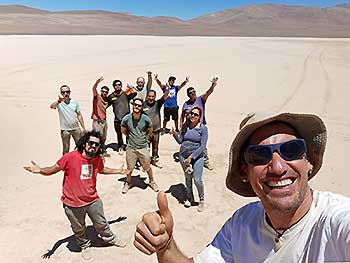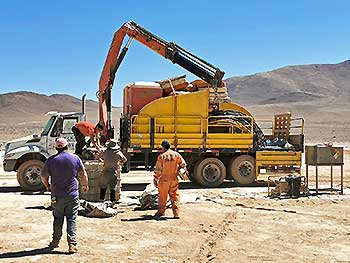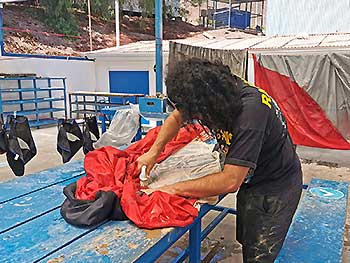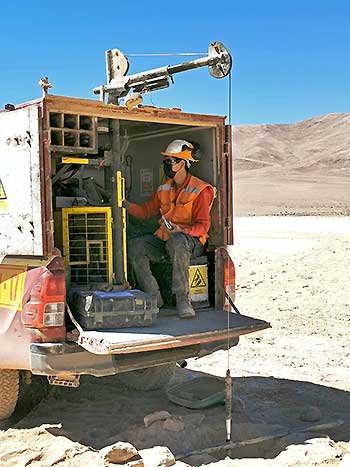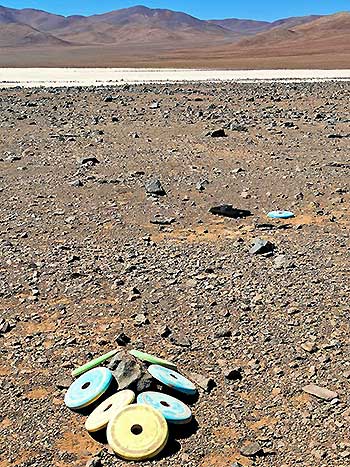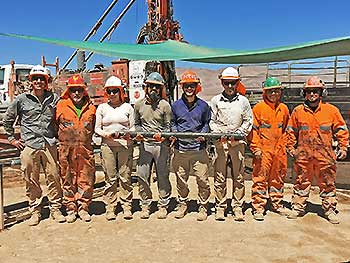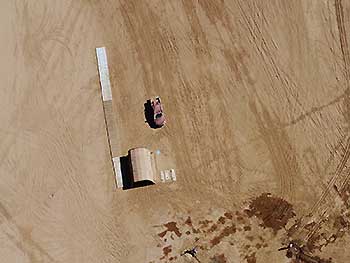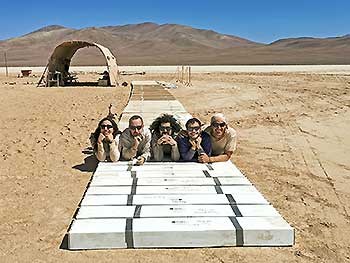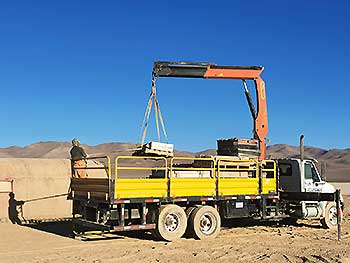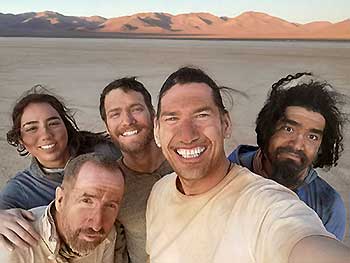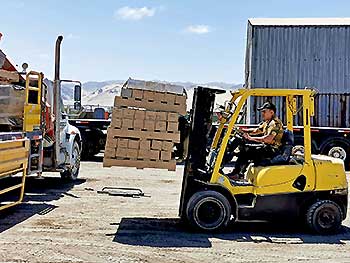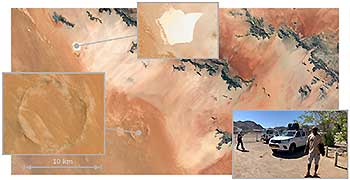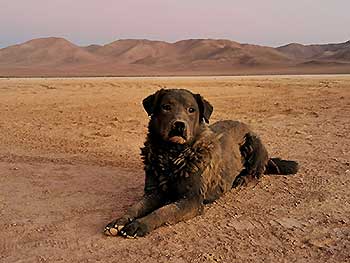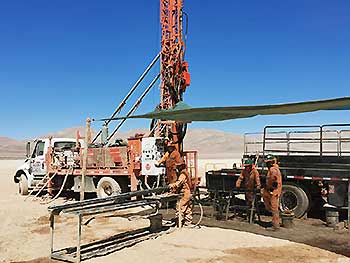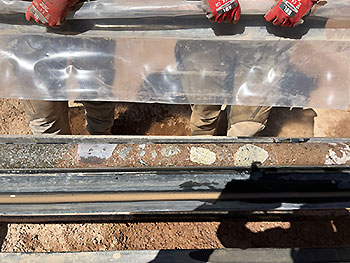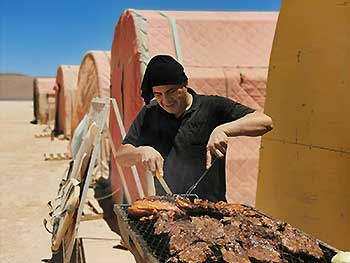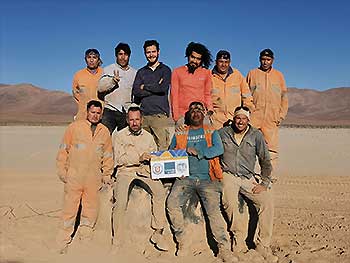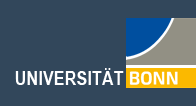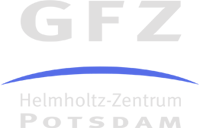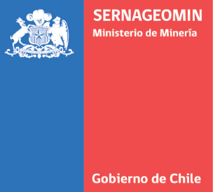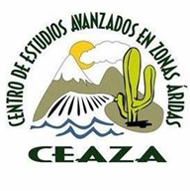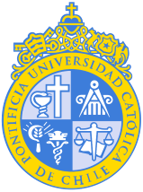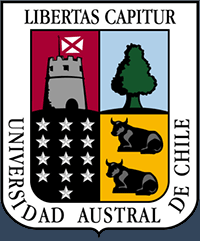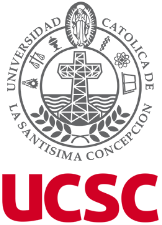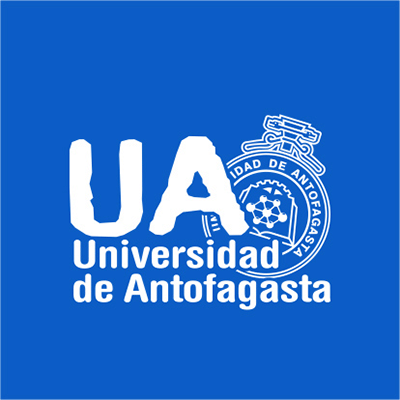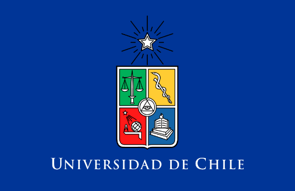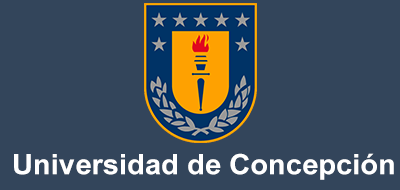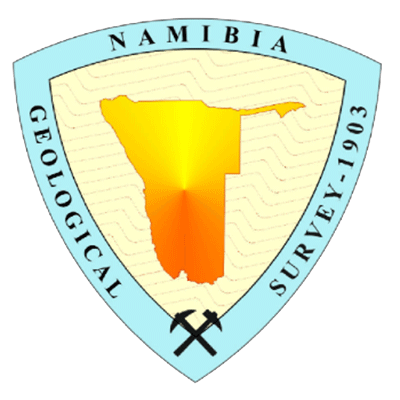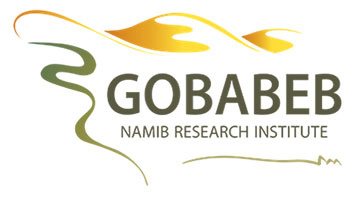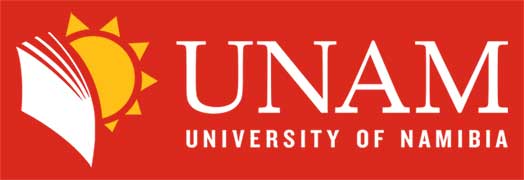Paranal Deep Drilling 2022 - Final Report
After taking the samples to the shipping agency in Antofagasta, our last days in the Paranal claypan were dedicated to packing and organizing all our gear. It was also time to gradually tear down the “small village” in which we lived for the past six weeks and have all the drilling equipment prepared for new work in another location. The rotary drill and some of the trucks left the site on Friday February 18th and we finally said goodbye to this unique place in the desert the following day.
Although the drilling operation was officially finalized, the work was far from being over. After returning to Antofagasta, we spent two full days at the “Bodega” in the UCN cleaning the camping gear and all our tools so they could be in proper conditions for future projects. It is incredible how much dust was collected by our equipment during the length of our operation!
On Wednesday February 23rd, we returned to the Paranal site for a last time to conduct a down-hole logging in the three drilled holes. The analyses were performed by Chilean specialists of the company Comprobe Ltda. using four probes. These were lowered into the open holes to measure different geophysical parameters such as resistivity, conductivity, spectral gamma radiation and magnetic susceptibility. Fortunately, the holes had only collapsed slightly after removing the casing from the drilling and we were able to measure down to 24 m (Hole 1A), 134 m (Hole 1B) and 94 m (Hole 1C) respectively. These data will provide the first important information on the recovered sediments, even before the cores arrive in Germany. It will also allow us to make an initial correlation of the holes and, subsequently, the down-hole logging records will be used to calibrate the estimates of the geophysical surveys conducted in 2018 and 2019. We also took advantage of our last visit to the claypan to install a set of homemade dust samplers that will remain in place for the next few months.
These activities marked the final point of our challenging operation. Now we are all looking forward to having a few days of rest before returning home!
|
|



